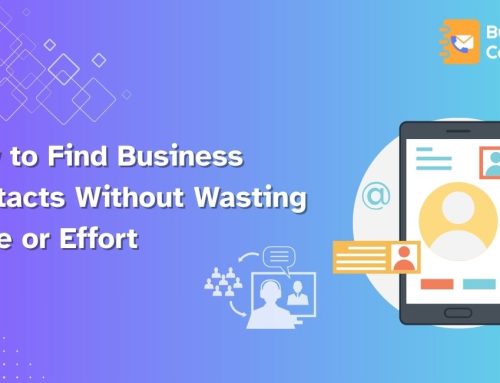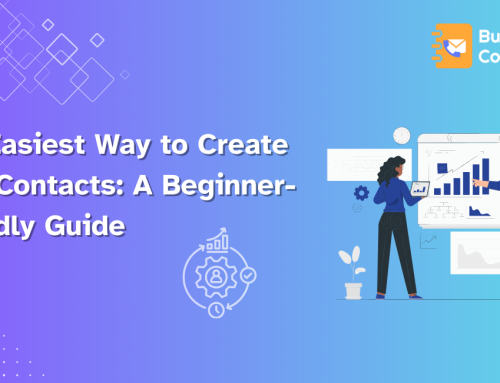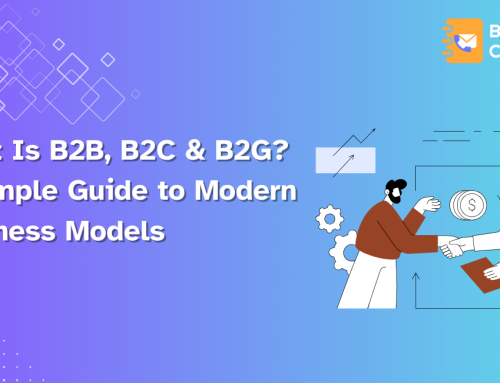Every business, big or small, relies on customer data. From emails and phone calls to website forms and purchase history, this information is the key to better sales, smarter marketing, and excellent service. But there’s a catch: when this data is scattered across different platforms, it becomes difficult to use effectively.
That’s where CRM integration comes in. By connecting your CRM system with the other tools you already use, you can streamline operations, improve customer experience, and make data more powerful. This Beginner’s Guide to CRM Integration will walk you through what it is, why it matters, its key benefits, the types of integration available, and how to get started step by step.
What is CRM Integration?
- A CRM (Customer Relationship Management) system is software that stores and organizes customer data such as contact details, purchase history, emails, and support interactions.
- CRM integration means linking your CRM to the other tools your business uses so that data flows seamlessly between them.
- Instead of entering the same information into multiple apps, your CRM automatically updates whenever a customer interacts with your business.
Example: When a customer buys something on your online store, their details appear in the CRM instantly. Your sales team can see the purchase, your marketing team can send a personalized thank-you email, and your support team has the information ready if the customer calls later.
Why CRM Integration is Important?
If you’re wondering why you should bother with integration, here are the key reasons:
- No more data silos – All your customer information is in one place, not locked in separate tools.
- Saves time – Teams don’t waste hours copying and pasting data or switching between platforms.
- Reduces errors – Data updates in real time, which prevents mistakes and duplication.
- Better insights – Managers can make smarter decisions because they see the full customer journey.
- Stronger customer relationships – Sales, marketing, and support teams always have the latest details about each customer.
Benefits of CRM Integration:
CRM integration has long-term advantages that directly affect business growth:
- 360-degree customer view – You can track a customer’s journey from the moment they become a lead until they become a loyal buyer.
- Automation of tasks – Data entry, lead assignment, follow-up emails, and order tracking can all run automatically.
- Smarter sales & marketing – With complete data, sales reps know which leads are worth focusing on, while marketing can create personalized campaigns.
- Improved customer service – Support teams have access to the entire history of a customer, which helps them solve problems faster and with more empathy.
- Accurate and clean data – Since all tools talk to each other, there’s less risk of duplication or outdated information.
- Stronger compliance – For businesses handling sensitive data, integration makes it easier to follow privacy laws like GDPR by ensuring data is updated and secure.
Types of CRM Integration:
There are many ways to integrate CRM depending on your business goals:
- Marketing integrations – Connect your CRM with email marketing tools, advertising platforms, and social media. Leads flow directly into the CRM, and you can track campaign performance.
- Sales integrations – Link prospecting apps, call tracking tools, and sales management platforms. This ensures leads, calls, and opportunities are updated automatically.
- Customer service integrations – Connect help desk systems, chatbots, or feedback tools so support agents can see customer history instantly.
- E-commerce integrations – Sync online stores, inventory, and payment systems with your CRM. Orders, payments, and stock levels update automatically.
- Collaboration integrations – Connect tools like Slack, Teams, or project management apps. This ensures teams can access customer details directly in the tools they use daily.
Approaches to CRM Integration:
Not all businesses integrate their CRM in the same way. Here are the most common methods:
- Native integrations
- Built into the CRM software itself.
- Easy to set up, usually one-click connections.
- Best for commonly used apps like email or calendars.
- APIs (Application Programming Interfaces)
- Allow developers to build custom integrations.
- Provide flexibility and control.
- Best for companies with unique or complex needs.
- Middleware or integration platforms
- Act as a “bridge” between many different tools.
- Can manage large volumes of data and multiple connections.
- Best for businesses that use many apps across departments.
- Hybrid model
- Combines native connectors and custom APIs.
- Balances cost, speed, and flexibility.
Steps to Get Started with CRM Integration:
For beginners, here’s a simple roadmap to follow:
- Audit your current systems
- Make a list of all the tools your business uses.
- Identify where customer data is stored.
- Set clear goals
- Do you want to reduce manual work?
- Improve customer service?
- Boost sales and marketing results?
- Pick the right integration method
- Use native connectors for quick and simple integrations.
- Use APIs or middleware for advanced needs.
- Clean your data
- Remove duplicate entries.
- Standardize formats (phone numbers, addresses, etc.).
- Make sure ownership of data is clear.
- Start small
- Test one integration first, for example, connecting website forms to your CRM.
- Check if data flows correctly and consistently.
- Expand gradually
- Add more integrations step by step (marketing, sales, service).
- Monitor results before moving forward.
- Maintain and optimize
- Keep integrations updated as tools evolve.
- Track whether they deliver the expected business outcomes.
Challenges in CRM Integration:
It’s important to know the challenges you might face along the way:
- Duplicate or messy data – Always clean and organize your data before starting.
- Incompatible systems – Some tools may not connect directly; middleware can help.
- Security concerns – Protect customer information with encryption and access controls.
- Scaling issues – As your business grows, make sure your integration can handle more apps and higher data volume.
- Maintenance requirements – Assign a team or person to monitor, update, and fix integrations regularly.
Final Thoughts
This Beginner’s Guide to CRM Integration shows that integration is not just about connecting software; it’s about creating smarter workflows, reducing errors, and delivering a better experience for both customers and employees.
- Start small with the most important integrations.
- Keep your data accurate, clean, and secure.
- Monitor progress and improve step by step.
With the right approach, CRM integration can turn scattered information into valuable insights and help your business grow faster with stronger customer relationships.




